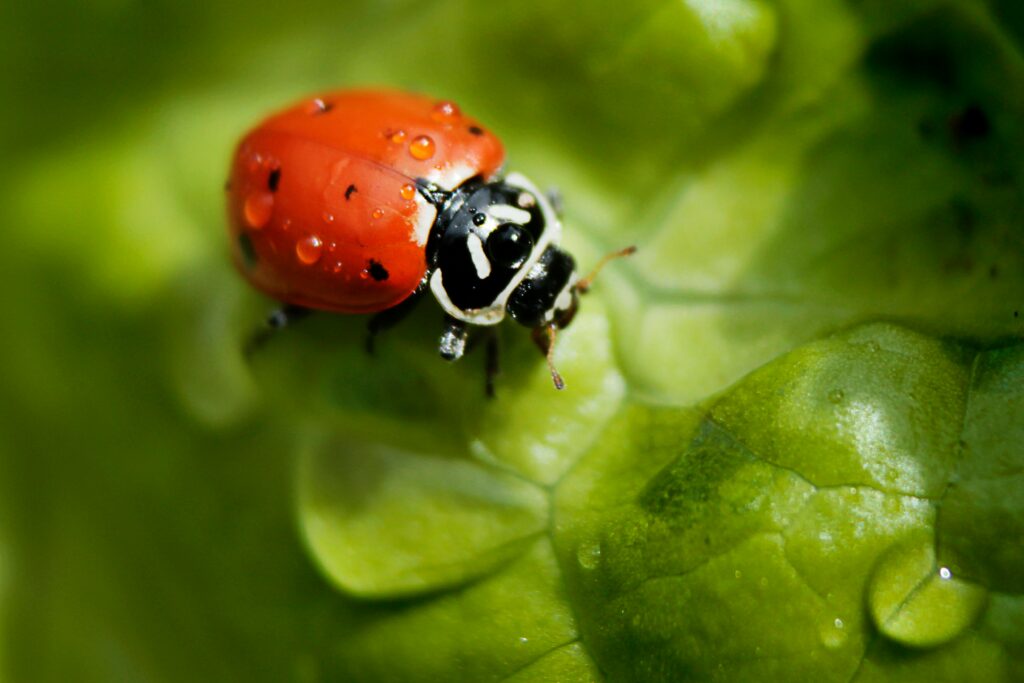In the ongoing struggle to produce food sustainably while minimizing environmental impact, nature often provides elegant solutions to complex problems. Among these natural allies, the humble ladybug stands out as a remarkable partner for farmers worldwide. These charismatic beetles with their distinctive spotted shells aren’t just garden ornaments—they’re voracious predators that target many of agriculture’s most problematic pests. As concerns about chemical pesticide use continue to grow, ladybugs represent a fascinating example of how biological control methods can support healthier crops, protect ecosystem diversity, and reduce reliance on synthetic chemicals. Their role in integrated pest management has revolutionized farming practices across continents, offering an environmentally friendly alternative that benefits producers, consumers, and the planet alike.
The Natural Predator: Understanding Ladybugs
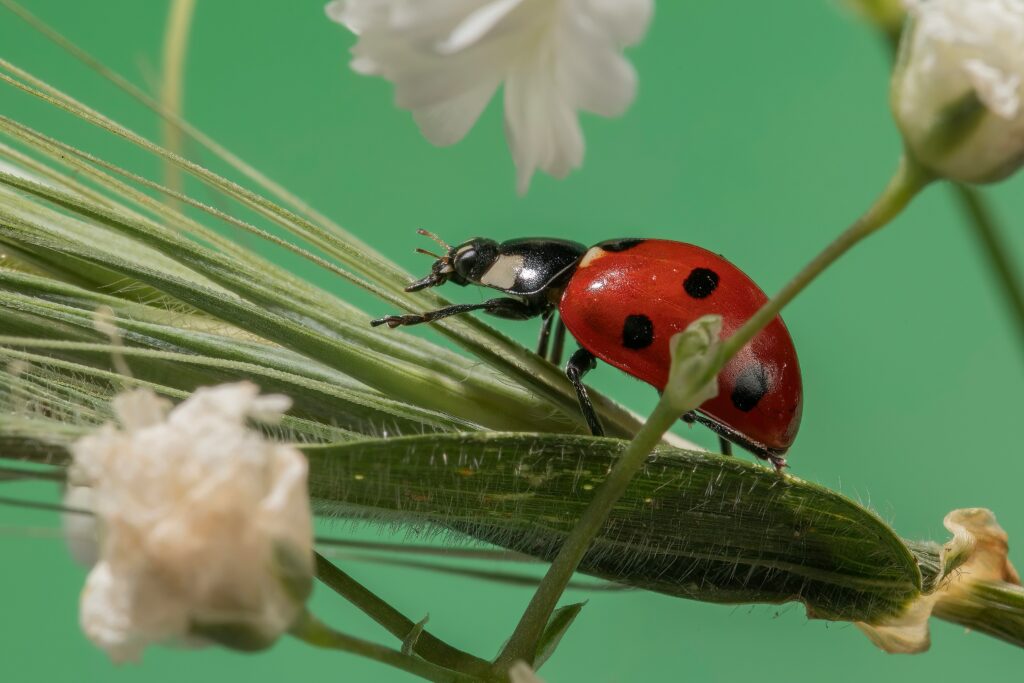
Ladybugs, scientifically known as Coccinellidae, comprise a family of over 5,000 species found worldwide with varying patterns, colors, and habitats. Despite their gentle appearance, these beetles are formidable predators that consume vast quantities of soft-bodied insects throughout their lifetime. A single adult ladybug can devour up to 5,000 aphids during its lifespan, which typically ranges from one to two years depending on the species and environmental conditions. Both the larvae and adult stages of ladybugs are predatory, making them effective pest controllers throughout their development cycle. Their voracious appetite and specialized hunting abilities make them particularly valuable allies for farmers seeking natural pest management solutions.
Aphid Control: Ladybugs’ Primary Agricultural Contribution
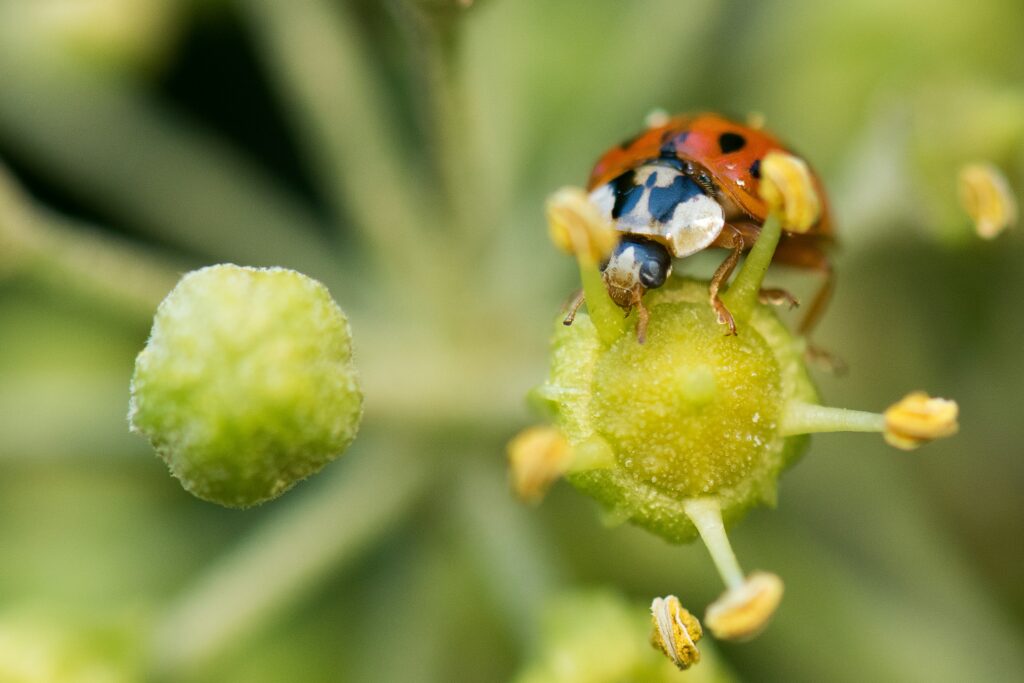
Aphids represent one of agriculture’s most persistent and damaging pests, capable of reproducing at astonishing rates and transmitting plant diseases while feeding on crop sap. A single female aphid can produce up to 80 offspring in just one week, potentially leading to exponential population growth that can devastate entire fields. Ladybugs excel at controlling these pests, with species like the seven-spotted ladybug (Coccinella septempunctata) capable of consuming up to 100 aphids daily. This natural predator-prey relationship provides farmers with a continuous defense system against aphid infestations without chemical intervention. Research has shown that introducing ladybugs into greenhouses and fields can reduce aphid populations by up to 90% in certain conditions, demonstrating their effectiveness as biological control agents.
Beyond Aphids: Other Pests Controlled by Ladybugs

While aphids constitute their preferred prey, ladybugs exhibit remarkable versatility in their diet, targeting numerous agricultural pests that would otherwise damage crops. Many ladybug species readily consume mealybugs, scale insects, spider mites, whiteflies, and even the eggs of various agricultural pests including corn earworms and Colorado potato beetles. This diverse appetite makes ladybugs particularly valuable in complex agricultural systems where multiple pest species may be present simultaneously. Some specialized ladybug species have evolved to target specific pests – for example, the mealybug destroyer (Cryptolaemus montrouzieri) specializes in controlling mealybugs in citrus orchards and vineyards. This adaptability allows ladybugs to provide comprehensive pest management services across different crop types and growing conditions.
Economic Benefits for Farmers
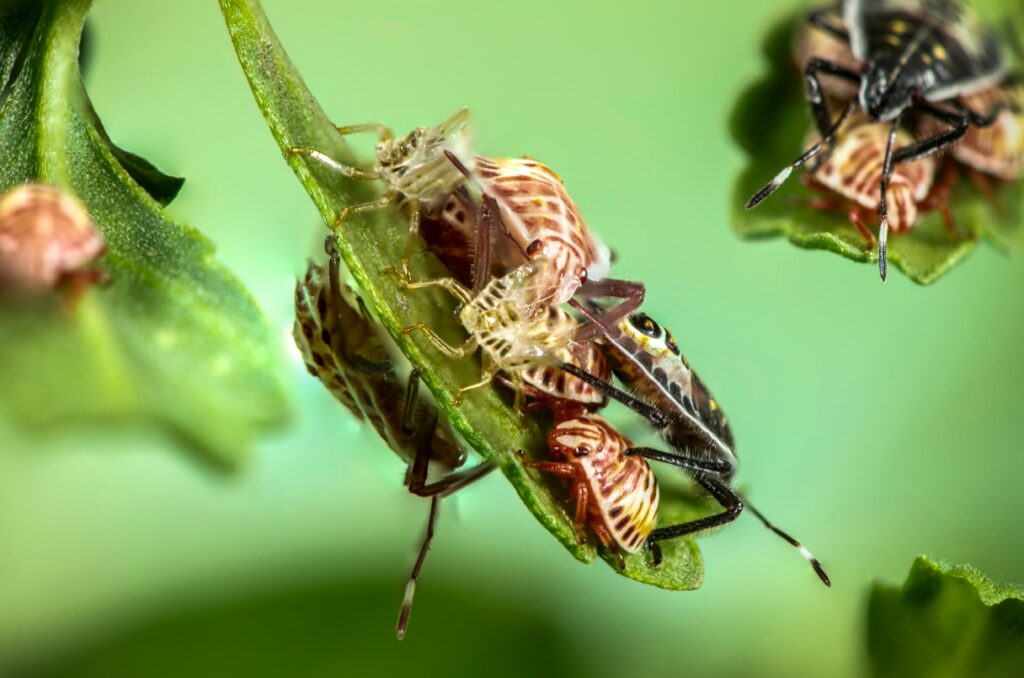
The financial advantages of incorporating ladybugs into pest management strategies extend far beyond simply reducing pesticide purchases. Studies indicate that farmers utilizing biological control methods including ladybugs can save between 15-50% on pest management costs compared to conventional chemical-intensive approaches. These savings come from reduced chemical inputs, decreased application labor, less specialized equipment needs, and fewer crop losses due to pesticide resistance. Additionally, crops grown with minimal pesticide use often command premium prices in markets where consumers value environmentally responsible farming practices. Some insurance companies have begun offering reduced premiums to farmers implementing integrated pest management systems that include beneficial insects, recognizing the lower risk profile associated with these sustainable practices. The long-term economic sustainability of farms using biological controls also benefits from better soil health and reduced environmental remediation costs.
Environmental Advantages of Ladybug-Based Pest Control
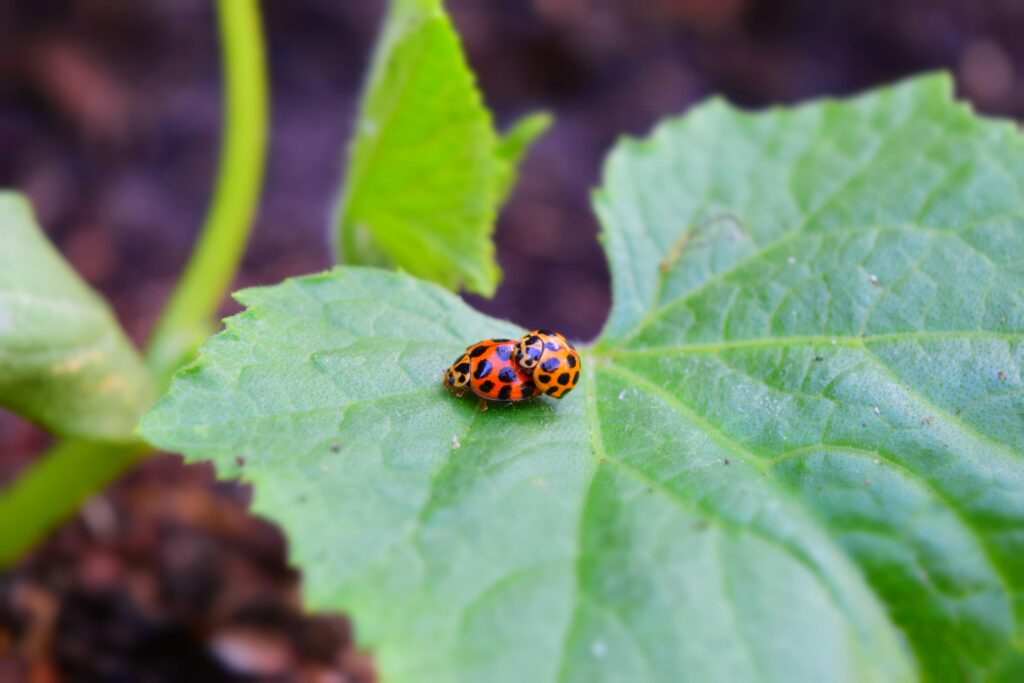
Unlike broad-spectrum chemical pesticides that indiscriminately kill beneficial insects alongside pests, ladybugs target specific harmful species while preserving overall ecosystem balance. This selective approach helps maintain biodiversity on farms, supporting populations of pollinators, decomposers, and other beneficial organisms essential for soil health and crop production. The environmental footprint of ladybug-based pest control is minimal, with no chemical runoff to contaminate waterways or residues to accumulate in soil. Studies have shown that fields managed with biological controls typically support 30-50% greater insect diversity than chemically treated fields, creating more resilient agricultural ecosystems. This enhanced biodiversity provides additional ecosystem services including improved pollination, better nutrient cycling, and increased resistance to invasive species – benefits that extend well beyond simple pest control.
The Life Cycle of Ladybugs and Its Agricultural Relevance

Understanding the ladybug life cycle is crucial for farmers seeking to maximize their pest control benefits throughout the growing season. The typical ladybug undergoes complete metamorphosis through four distinct stages: egg, larva, pupa, and adult, with the entire cycle taking approximately three to four weeks under favorable conditions. Female ladybugs strategically lay clusters of 10-50 yellow eggs near aphid colonies, ensuring their hatching larvae will have immediate access to food. The larval stage, lasting about two weeks, represents the most voracious feeding period, with some larvae consuming up to 400 aphids before pupating. This multi-stage development means different generations of ladybugs can provide continuous pest control throughout the growing season, with overlapping populations ensuring constant predation pressure on pest species. By understanding this cycle, farmers can time their farming practices to support ladybug populations when they’re most needed for pest management.
Attracting and Retaining Ladybugs Naturally
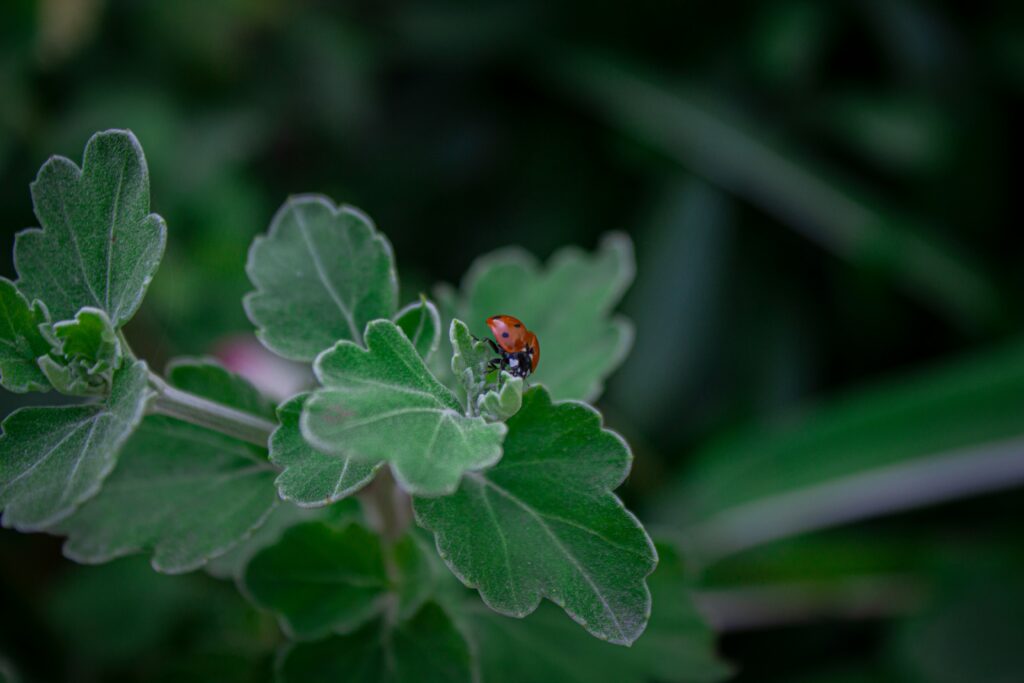
Creating favorable habitat conditions represents the most sustainable approach to maintaining robust ladybug populations on farms without repeated releases. Farmers can plant diverse hedgerows and flower strips featuring umbel-shaped blooms like dill, fennel, and yarrow that provide adult ladybugs with crucial nectar and pollen resources. Avoiding broad-spectrum insecticides is essential, as even organic options like neem oil and pyrethrin can harm ladybug populations if improperly applied. Providing overwintering habitat through unmowed areas, leaf litter, or purpose-built insect hotels helps retain ladybug populations year after year, ensuring they’ll be present when pest pressure emerges in spring. Research shows farms implementing these habitat enhancements typically maintain ladybug populations 3-5 times higher than conventional monoculture operations, creating self-sustaining biological control systems requiring minimal intervention.
Commercial Ladybug Releases: Effectiveness and Considerations

For farms lacking established ladybug populations, commercial releases offer a quick introduction method, though success varies significantly based on release practices and habitat quality. Studies indicate that most commercially purchased ladybugs will disperse within 48 hours unless provided with adequate food sources, water, and shelter upon release. The most effective release methods involve evening application after light irrigation, providing immediate prey availability, and temporarily restricting movement through row covers or high-density release in enclosed spaces like greenhouses. The origin of purchased ladybugs represents another important consideration, with locally adapted strains showing 30-60% better retention rates than ladybugs harvested from distant regions. Farmers should verify their suppliers use sustainable collection methods that don’t deplete wild populations, with lab-reared specimens generally providing more predictable results than field-collected insects.
Integrating Ladybugs into Modern Farming Systems
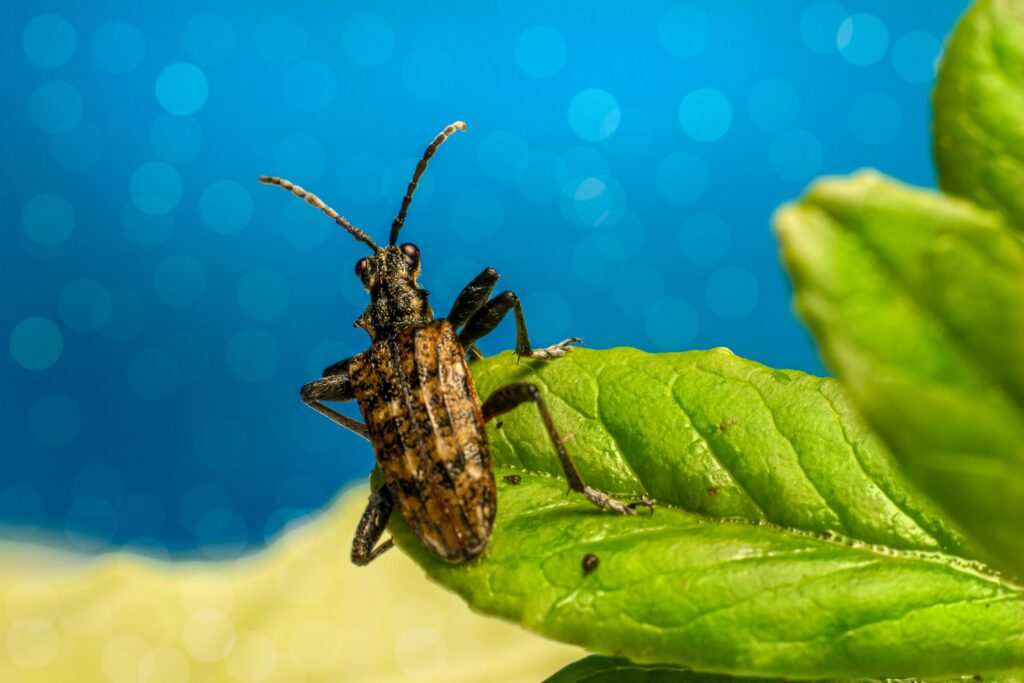
Successful integration of ladybugs into contemporary agricultural operations requires thoughtful planning and systems-level thinking beyond simple insect releases. Forward-thinking farmers develop comprehensive integrated pest management (IPM) plans that establish pest threshold levels determining when intervention is necessary, regular monitoring protocols to track both pest and predator populations, and compatible supplementary controls for situations where ladybugs alone provide insufficient protection. Timing agricultural operations to minimize disruption to ladybug life cycles significantly improves their effectiveness, with practices like mulching, irrigation, and tillage scheduled around key predator development periods. Digital tools including pest forecasting algorithms and mobile applications for insect identification help farmers make data-driven decisions about when to rely on biological controls versus other management approaches. This integrated strategy creates resilient agricultural systems where natural predation provides the foundation of pest management while maintaining flexibility for targeted interventions when necessary.
Case Studies: Success Stories from Diverse Agricultural Settings
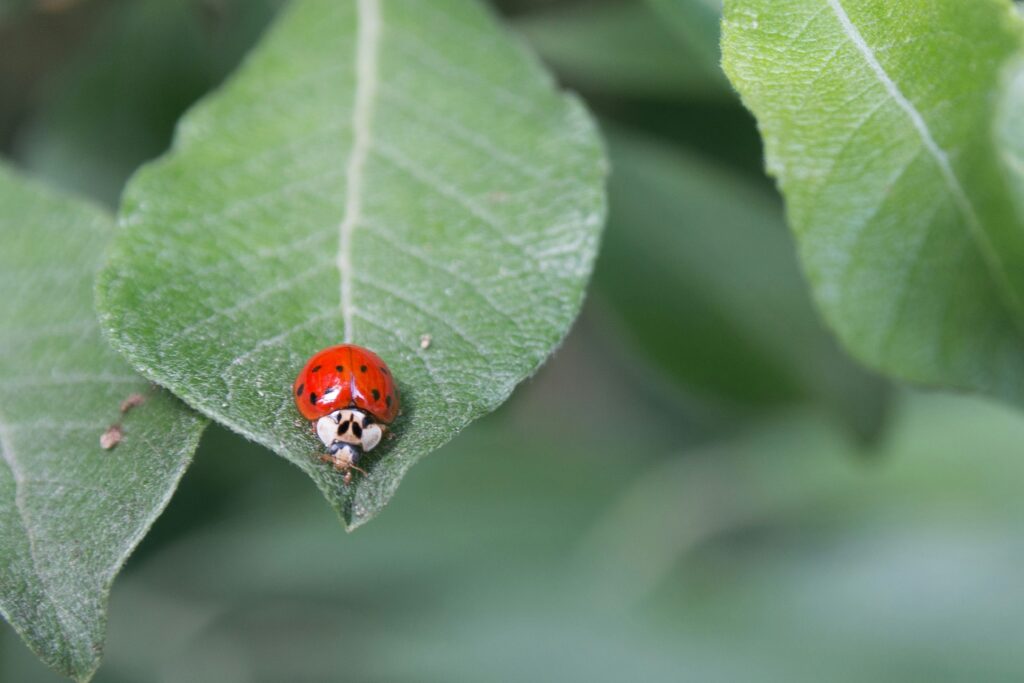
The practical effectiveness of ladybug-based pest management is demonstrated through numerous successful implementations across farming systems worldwide. California strawberry growers implementing ladybug releases alongside habitat enhancements have reduced insecticide applications by up to 80%, resulting in both cost savings and access to premium organic markets. European vineyard managers utilizing ladybugs as part of biodynamic certification programs report 50-70% reductions in problematic mealybug populations without chemical interventions, protecting both grape quality and wine flavor profiles. Large-scale cereal operations in the Midwest have achieved similar success by maintaining field margins with flowering plants that support ladybug populations capable of controlling grain aphids across hundreds of adjoining acres. Even in controlled environment agriculture, greenhouse tomato producers regularly release specialized ladybug species to manage whitefly infestations, maintaining predator populations within their structures year-round. These diverse examples demonstrate the adaptability of ladybug-based approaches across different scales, crops, and management systems.
Limitations and Challenges of Ladybug-Based Pest Control

Despite their effectiveness, ladybugs aren’t a universal solution for all pest management challenges, with several limitations farmers must consider when planning biological control strategies. Ladybugs typically cannot achieve sufficient population densities to control severe pest outbreaks already in progress, making preventative approaches and early intervention essential for success. Certain crop systems with minimal habitat diversity or frequent disturbance from tillage and harvest operations may struggle to maintain stable ladybug populations without constant reintroduction. Weather extremes including prolonged drought, excessive rainfall, or unseasonable temperatures can disrupt ladybug reproductive cycles and hunting behavior, temporarily reducing their effectiveness. Additionally, some highly specialized agricultural pests fall outside the preferred prey range of common ladybug species, requiring complementary biocontrol agents or targeted organic treatments. Understanding these limitations allows farmers to develop realistic expectations and appropriate backup strategies when implementing ladybug-based pest control.
The Future of Ladybugs in Sustainable Agriculture

The role of ladybugs in agricultural pest management continues to evolve, with promising innovations expanding their potential applications across farming systems. Researchers are developing specialized ladybug breeding programs that select for traits including climate resilience, retention behavior, and prey preferences tailored to specific agricultural challenges. Advanced habitat design incorporating infrared analysis and microclimate modeling now enables precision placement of ladybug-supporting plantings to maximize their distribution throughout production areas. Some progressive farms have implemented drone-based monitoring systems that track predator-prey ratios across fields, allowing for targeted beneficial insect releases only where needed. Emerging technologies including pheromone-based ladybug attractants and specialized diet supplements show potential for enhancing natural population establishment and retention. As these innovations develop alongside growing consumer demand for pesticide-free produce, ladybugs are positioned to become increasingly central to sustainable agricultural systems worldwide.
How Consumers Can Support Ladybug-Friendly Farming
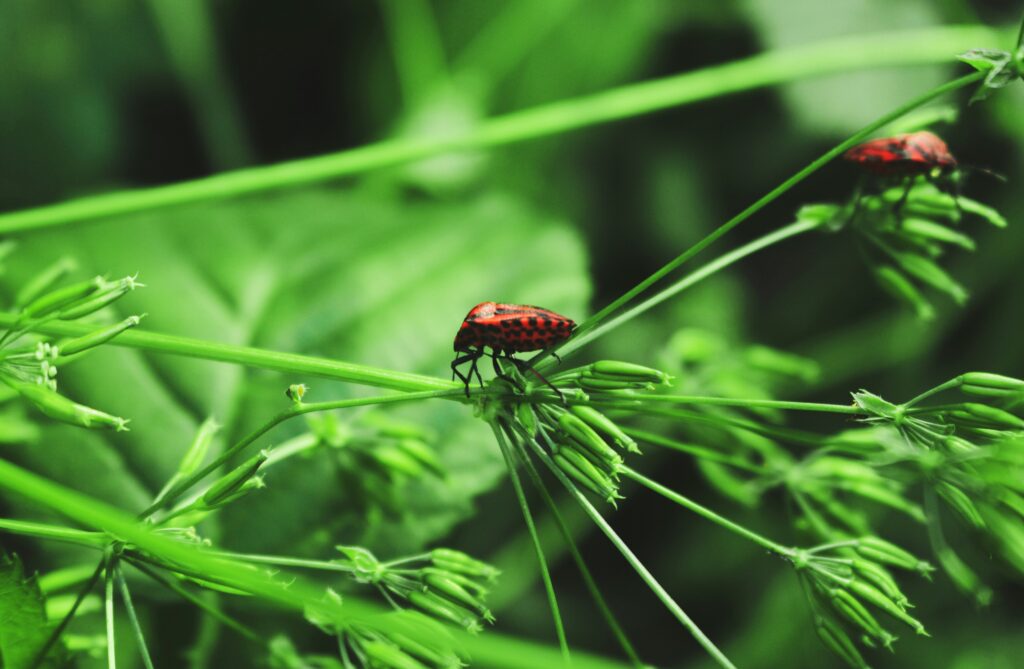
Everyday food purchasing decisions directly influence farming practices, with informed consumers playing a crucial role in expanding ladybug-based pest management adoption. Seeking out produce from farms utilizing integrated pest management and biological controls creates market incentives that encourage more growers to reduce chemical dependence. Participating in community supported agriculture (CSA) programs and farmers’ markets facilitates direct conversations with producers about their pest management approaches, allowing consumers to specifically support those implementing ladybug-friendly methods. Home gardeners can demonstrate these principles by maintaining their own ladybug habitat and sharing successful biological control experiences with neighbors and community groups. Educational initiatives including farm tours, school programs, and social media campaigns highlighting the connections between beneficial insects and food production help build broader public understanding and support for these sustainable practices. This consumer engagement completes a positive feedback loop, rewarding farmers who prioritize ecological pest management with loyal customers willing to support their environmental stewardship.
Conclusion
The unassuming ladybug represents a powerful example of how working with natural systems rather than against them can transform agricultural production. By harnessing these spotted allies, farmers worldwide are demonstrating that effective pest management doesn’t require choosing between productivity and environmental health. As agriculture continues facing challenges from climate change, evolving pest pressures, and market demands for reduced chemical use, ladybugs and other beneficial insects offer time-tested solutions that enhance rather than deplete ecological resources. The expanding integration of these natural predators into farming systems reflects a broader shift toward agricultural approaches that recognize and utilize biological relationships developed through millions of years of evolution. For both farmers seeking sustainable practices and consumers demanding healthier food production methods, the ladybug’s role illustrates how the smallest creatures can sometimes provide the most significant solutions to our most pressing agricultural challenges.

